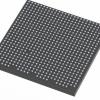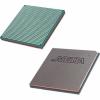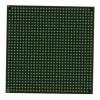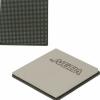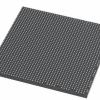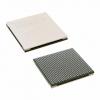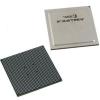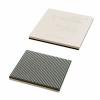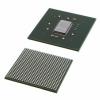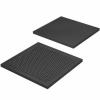Block RAM in xilinx 7 series FPGA
A slice and a global clock together can implement any combinational logic and sequential logic functions, but in many cases we also need to temporarily store the data inside the FPGA for other purposes. As the most basic unit of FPGA, Slice can also complete the function of data storage, but it is obviously overkill. Therefore, xilinx has specially integrated many memory modules in its FPGA, called Block RAM, which is like a pearl in the sea of ​​slices. , specifically to realize the data temporary storage function, and each clock area is arranged with several Block RAMs.
Today we will talk about the Block RAM in the 7 series FPGA.
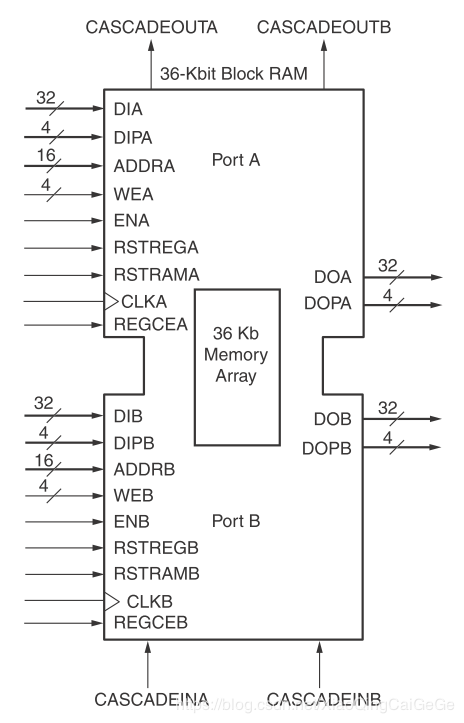
In the 7 series FPGA, each block RAM can store up to 36Kb of data, 2 block RAMs can be cascaded to achieve 64kb data storage, and each block RAM can be divided into 2 18kb block RAMs, nothing more, no more points, nor can they be cascaded infinitely.
When block RAM is used, it uses Xilinx CORE Generator for brainless configuration, which can be configured into RAM, ROM and the most widely used FIFO. RAM can be configured into various interface modes and readout modes, and FIFO can be configured as synchronous FIFO and asynchronous FIFO. All configuration information is implemented in the FPGA development tool Xilinx CORE Generator.
The various configurations of Block RAM and how to read/write data RAM and FIFO under the global clock are too many to describe, but they are very easy to use. Basically, you only need to get the following a few signals: clock, reset , clock enable, read data, read address, read enable, write data, write address, write enable, data empty signal, data full signal, later we will take it out separately and use a specific example to operate a wave!


